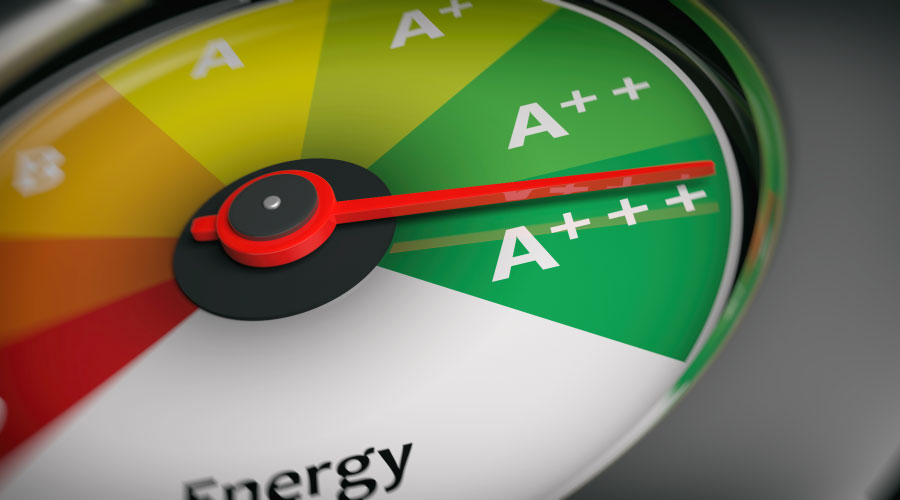Tighter Energy Codes Are Applying To Smaller Buildings, Building Systems
In general, requirements now apply to more and smaller (i.e., lower CFM or BTUH capacity) building systems and buildings than seen in the 2007 version, though the document is peppered with exceptions based on specific cases or climate zone. Here, generally, are the major ways the standard has changed.
- More aspects of existing buildings and systems are covered: Any new equipment (if covered by the code) must meet the code, regardless of how much of a system is affected. Earlier versions had exempted small changes (e.g., less than 50 percent by capacity) to lighting and HVAC systems.
- Lighting power densities (LPD) have been lowered for most types of spaces.
- Requirements for lighting controls are stiffer and more detailed, especially for daylighting.
- Limits on exterior lighting (including façades, walkways, and even ATMs) have been tightened.
- Half of all wall receptacles in a room must be on a switch that allows them to be shut off as a group.
- Minimum efficiency levels for many types of HVAC-related equipment have been raised.
- Calculation of chiller efficiencies (at both peak and part loads) have been changed, and loopholes in prior methods eliminated.
- Variable speed drive fans in single-zone air handlers and in parking garages are now required.
- Demand-controlled ventilation may be required for some systems.
- HVAC equipment previously exempted by the standard (such as computer room A/C units) is now covered.
- Economizer cycles are required for smaller units in most climate zones.
- R-values for insulation have been raised in a few cases, mostly related to metal buildings.
- With climate-zoned exceptions, skylights are required in some buildings and areas.
- Various specific controls sequences/schemes are now allowed (e.g., interactions between VAV boxes and deadband thermostats).
- Other controls sequences/schemes are now required (e.g., supply air temperature reset on some systems).
- To reduce head losses, HVAC piping must now be sized according to a chart.
- Heat recovery is now required for smaller, measured by CFM, air handlers.
- Duct sealing and damper tightness (often big energy wasters when not done well) get more attention.
- Commercial kitchen and lab hood exhaust systems face tougher requirements, including performance testing.
- Functional testing (ASHRAE-speak for commissioning) is now required for many systems.
That last change to the code stands out as an important improvement. Too often, sophisticated equipment that holds great promise for cutting energy use and cost ends up disappointing end users due to a failure to properly commission it. According to many electrical contractors, for example, poorly designed or commissioned daylighting systems are the most often disconnected electrical systems due to occupant or owner complaints. Unless carefully commissioned, there's a good chance even options that could deliver both consumption and demand savings may fail to provide either. The 2010 standard now calls, for example, for lighting controls (including daylighting) to be tested when a facility is occupied (thus taking into account the locations and reflectances of furnishings), for all control devices such as photosensors to be appropriately located to adjust for incoming daylight and to be accessible only to authorized personnel (so no occupants fiddle with the settings), and for this whole process to be documented.
Related Topics:














